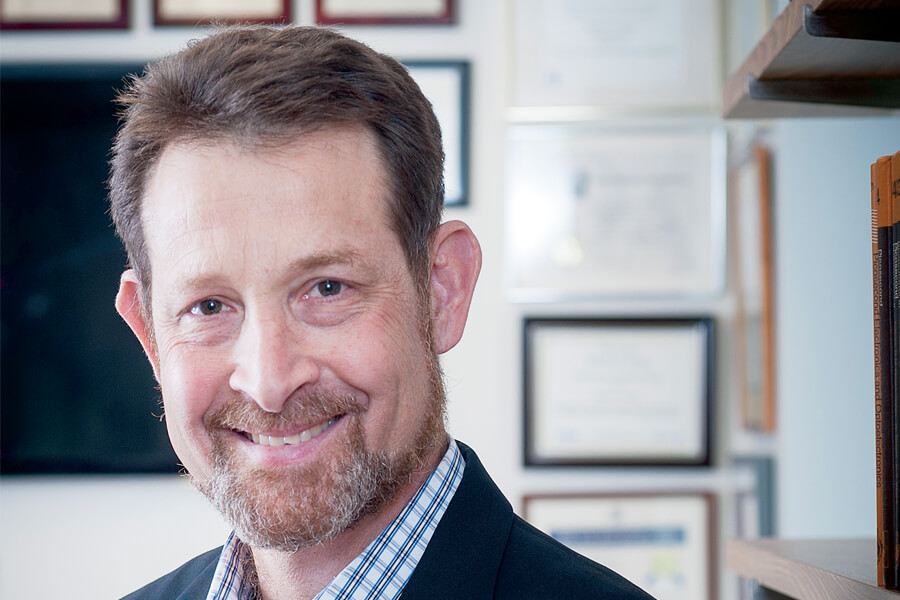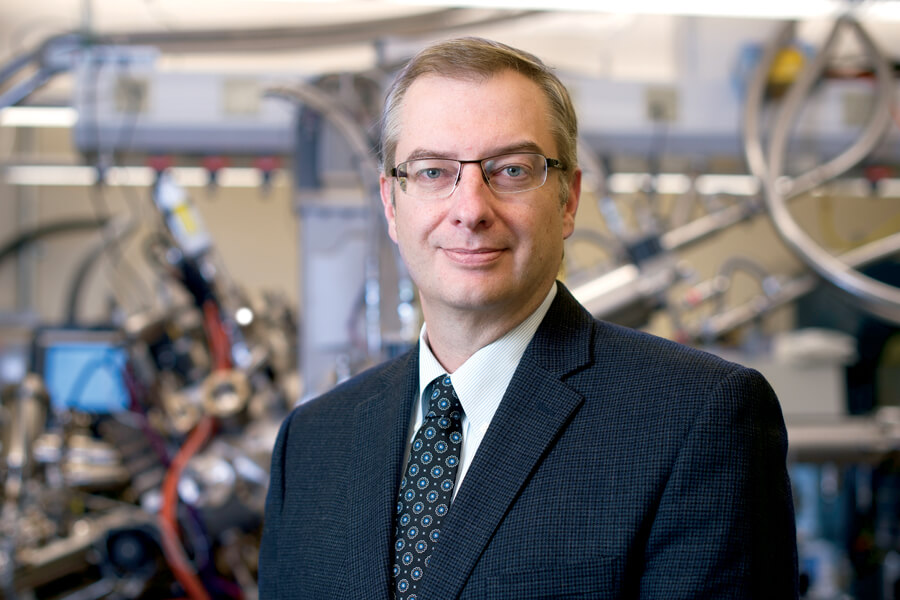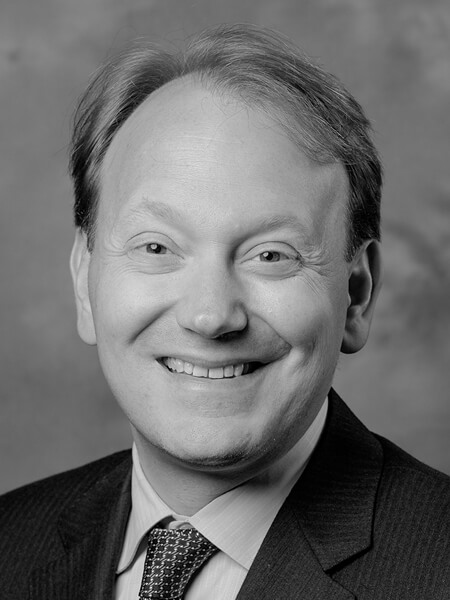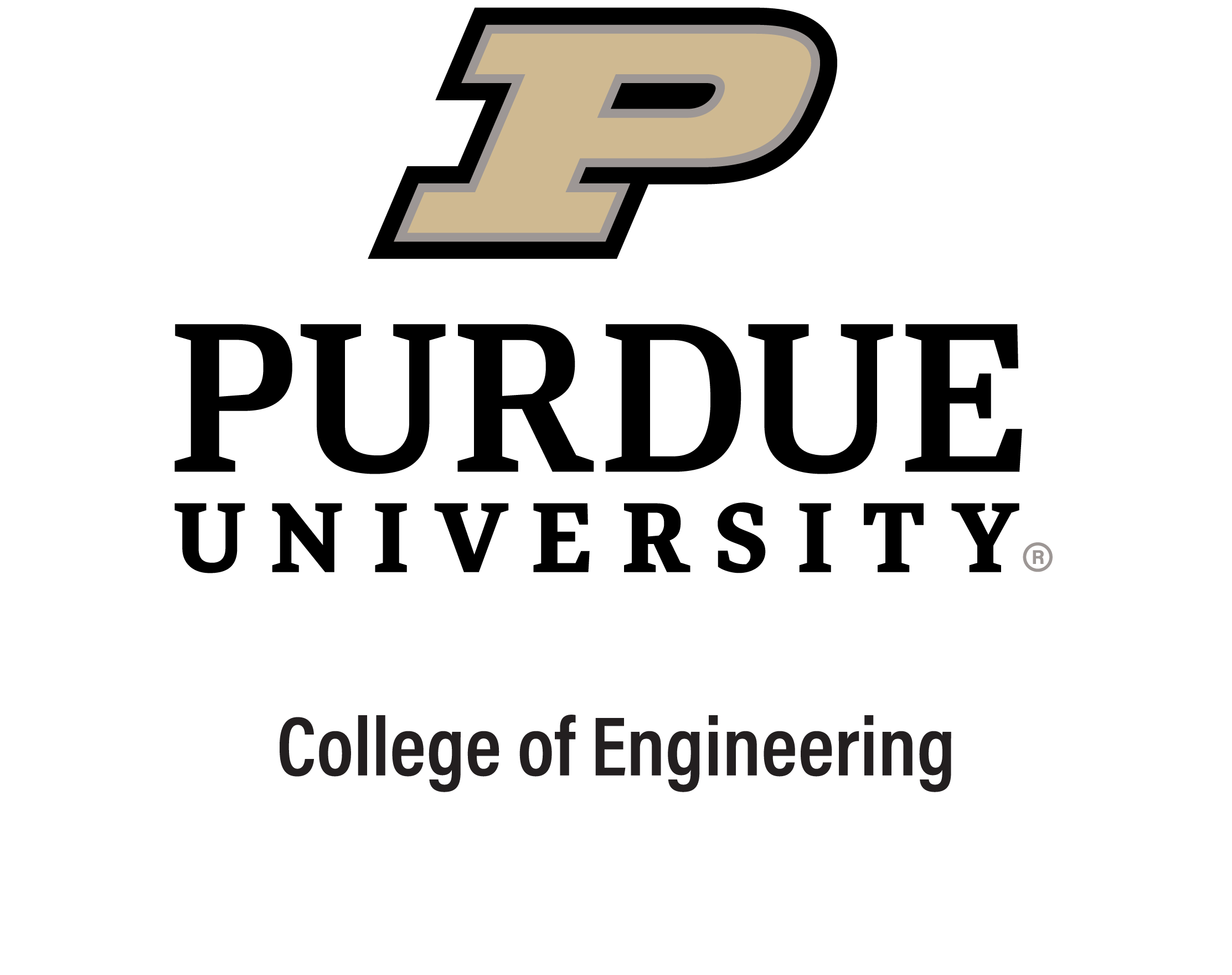
The Purdue Quantum Science and Engineering Institute fosters the development of practical and impactful aspects of quantum science. The intent is to focus on discovering and studying new materials and basic physical quantum systems that will be best-suited for integration into tomorrow’s technology.
It encourages interdisciplinary collaboration leading to the design and realization of industry-friendly quantum devices with enhanced functionality and performance close to the fundamental limits. Finally, the center will lay out strategies for the design of systems based on these devices in order to bring these new levels of functionality and performance to a vast community of users.
The institute is a collaboration between the Colleges of Science and Engineering and Discovery Park.
Quantum computing has been identified as a key technology for the United States by the National Science and Technology Council (NSTC), and in late September 2018, the NSTC released a report, “National Strategic Overview for Quantum Information Science.”
Purdue researchers are spearheading some of the quantum computing research projects outlined in the report and working to broaden U.S. leadership in quantum information science and technology.

The document provides a roadmap for national success, and it is being coordinated by the National Science Foundation (NSF), National Institute of Standards and Technology, the Department of Energy (DOE) and the White House Office of Science and Technology Policy (OSTP). Their focus is on supporting basic research and the need for tight integration of basic research and engineering to create practical quantum computers and other quantum information systems.
As a leading federal funder of quantum research, the NSF recently awarded $31 million for new projects that bridge disciplines and result in new technologies. Two of these NSF projects in quantum science are led by Purdue faculty — Andrew Weiner, the Scifres Family Distinguished Professor of Electrical and Computer Engineering, and Sunil Bhave, associate professor of electrical and computer engineering. Both projects are part of the NSF Transformational Advances in Quantum Systems effort.
Weiner received $1 million for his study of “High Dimensional Frequency Bin Entanglement— Photonic Integration and Algorithms.” His work concentrates on the use of “qudits,” higher-dimensional units of quantum information. Research conducted at Purdue discovered that high-dimensional quantum information can be encoded and entangled (linked) in optical frequency, leading to new opportunities for quantum information processing based on qudits. The outcome of this research will be to develop integrated photonics chips that will be able to perform more complex and potentially useful operations.
Bhave was awarded $1 million for his research on “RAISE-TAQS: Multifunctional Hybrid Quantum Systems for Spin-Based Quantum Control and Metrology.” Bhave’s team will study enhancing the control of a quantum mechanical signal through reservoir engineering, which offers the opportunity of enhanced control by utilizing the environmental noise of the surroundings.
Researchers at Purdue also received two awards from the DOE Office of Science as part of an effort to fund 85 new awards totaling $218 million over three years. Luis Martin Kruczenski, professor of physics and astronomy, received a $330,000 award funded by the High Energy Physics Office for “Quantum Information in a strongly interacting quantum simulator: from gauge/string theory duality to analogue black holes.” The project intends to develop and utilize a combination of theoretical high-energy techniques based on string theory, quantum field theory and conformal field theory, and apply them to strongly coupled quantum systems that can actually be built in the lab using experimental resources available at Purdue.
Sabre Kais, professor of chemical physics and professor of computer science (by courtesy), received nearly $2.5 million from the DOE’s Basic Energy Sciences program for “Quantum Computing Algorithms and Applications for Coherent and Strongly Correlated Chemical Systems.” This project focuses on developing algorithms for open quantum systems,creating molecules and materials that are easier to manipulate — especially those that can efficiently transfer and store energy and information — while maintaining coherent control of reactants, a great challenge in quantum chemistry.




